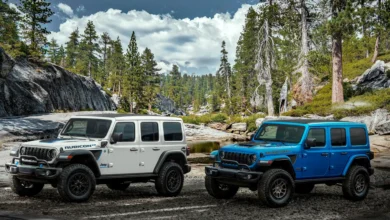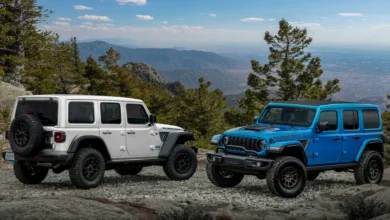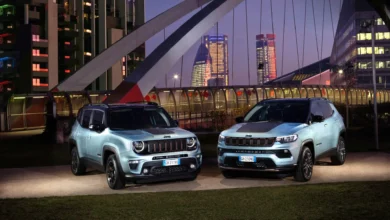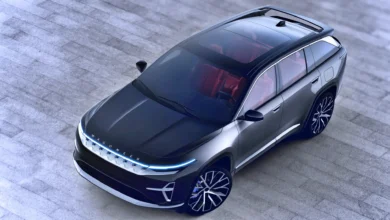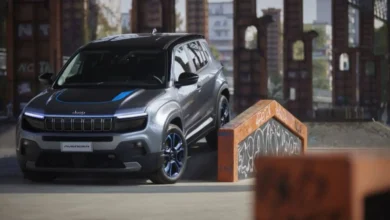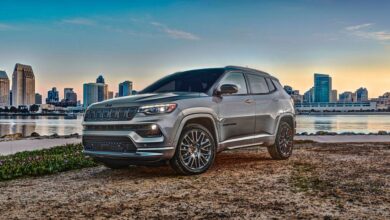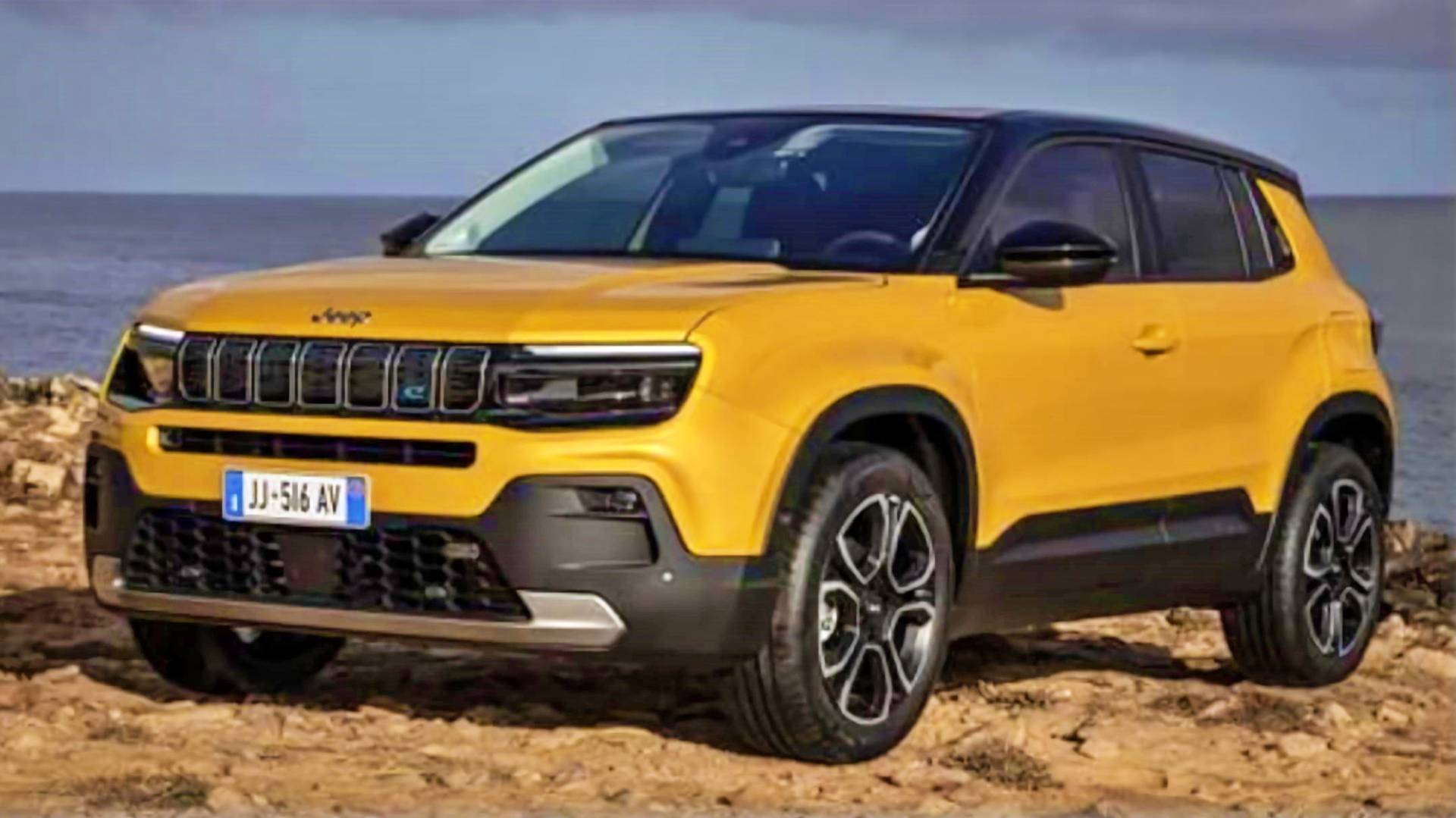
Early next year, Jeep will launch its first electric car, a B-SUV set to become its new entry model. Known by the specialized press as “baby Jeep”, this SUV will also be the first product of the historic American firm developed under the umbrella of the Stellantis group.
Taking advantage of the publication of its results balance for the first half of 2022, the company has shown a new image of the long-awaited vehicle, whose official presentation will take place very shortly. As in the snapshots shared a few months ago, the unit in question is painted in a striking yellow color.
The model, whose definitive name could be Jeep Jeepster, will sport some aesthetic elements that will remind us of the Renegade and Compass; however, it will have a more compact appearance than its older brothers, from which it will differ thanks to lower, muscular and, ultimately, sporty proportions.
The “baby Jeep” will be based on the second generation CMP/ICMP platform. In addition to pure electric (BEV), it will also be available as mild-hybrid (MHEV), being one of the first models in the group to be equipped with an updated and electrified version of the well-known 1.2 PureTech engine.
The “Baby Jeep” will have about 400 kilometers of autonomy
The 100% electric variant will be equipped with a 156 hp (115 kW) Nidec engine, notably more efficient than the 136 hp (100 kW) Vitesco unit currently fitted to the rest of the Stellantis models based on the eCMP platform (Citroën ë-C4, DS 3 Crossback E-TENSE, Opel Corsa-e, and Mokka-e, Peugeot e-208 and e-2008).

Its 50 kWh useful and 54 kWh gross batteries will be made up of NCM 811 cells. The liquid pack air conditioning system will have a heat pump, which will improve the efficiency of the set in cold climates. Its official autonomy should be around 400 km under the European WLTP homologation cycle.
In the charging section, we can expect it to reach a maximum power of 7.4 kW in alternating current (single-phase) and 100 kW in direct current, taking just over half an hour to go from 10 to 80% autonomy. An 11 kW three-phase semi-fast charger will be offered as an option.
